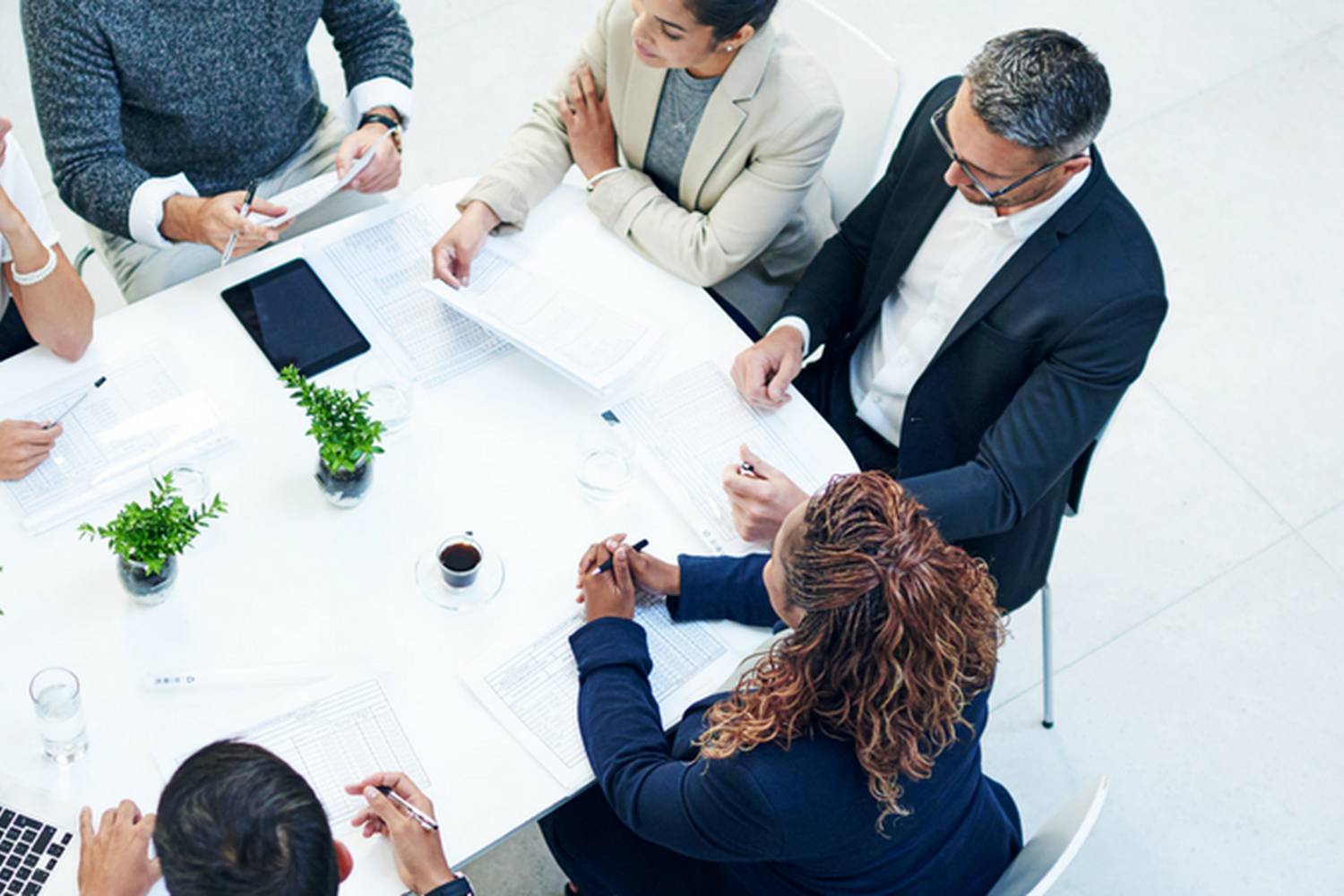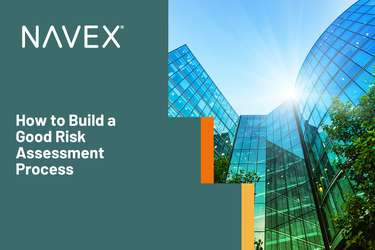Originally appeared on the Richard Bistrong, Front-Line Anti-Bribery Blog, and is reposted with the permission of Richard Bistrong.
Can both compliance and market leaders share resources and data when it comes to due diligence and market information
I recently read an article in the Winter 2017 MIT Sloan Management Review, Mastering the Market Intelligence Challenge (Chari, Luce & Thukral). In this work, the authors address how “many multinationals simply import their domestic models into emerging markets.” And whilst this work is directed towards those who deal with market intelligence in emerging markets, the conclusions drawn are equally applicable to those who face compliance challenges in such frontier regions. If you review the article and substitute “due diligence” for “market intelligence,” it reads like a compliance thought piece. So I ask, can both compliance and market leaders share resources and data when it comes to due diligence and market information, as to allow for a more collaborative approach?
The authors state that “for developed-market companies, winning consumers in these new high-growth markets requires a radical change in mindset, capabilities, and allocation of resources.” I would add that such “radical changes” are also applicable to compliance leaders and teams who face the challenges of addressing business development in emerging markets, where commercial opportunities and corruption risk are often intertwined.
A few of the issues which might de-rail market intelligence or a compliance program in emerging markets might be:
- Grouping. Very often from the home office, markets and risks are grouped regionally. But in emerging markets, where each market sector and country present a unique set of risks and opportunities, market and/or risk factors in one emerging market country “may not readily transfer to another as much as they would transfer from one advanced country to another.” So, while one might think of Scandinavian countries as having a similar risk profile, thinking the same of the GCC countries could be problematic.
- Change. As we see with current events, political, social and economic change in developing countries can sometimes occur via evolution, and sometimes by revolution. Thus, thinking of markets or risks as static in these regions “compounds the information problem.” Compliance and business leaders should be considering this type of dynamic, and the possible monitoring costs of staying abreast of change, before investing initial resources. As the authors argue, success in such evolving markets requires a more robust calibration and recalibration of intelligence to market conditions, and to which I would add, risk conditions.
- Spend. The authors argue to be cautious about spending on market intelligence in emerging markets “as a percentage of revenues in the market or on an ad hoc basis.” Indeed, for marketing or compliance investments, looking at costs on such an ad-hoc basis might prove as “insufficient in emerging markets” where more upfront resources are required to gather current, reliable and useful intelligence.
White Paper: How to go from Manual to Automated Third Party Due Diligence Monitoring: Ten Steps to Success
As a result, the authors recommend the following practices for obtaining robust and actionable business intelligence:
- “Treat and manage market intelligence as a strategic asset.” Strategic intelligence means that “updated market intelligence is considered front and center when multinational corporations take strategic actions in emerging markets.” This is much more than what might be necessary for “advanced economy market entry.” The authors advocate the use of multiple data sets, relating to the “economy, business environment, and demographics of each country.” Such data would also be useful for a compliance team in order to gauge risk and opportunity. So, why silo the data when it’s valuable to both teams?
- “Continuously update market intelligence.” As the authors well state, updated information is “necessary to recognize changing market conditions at the earliest convenience.” To a compliance professional, that might mean "don’t vet and forget." The authors caution that using “potentially dated market intelligence or assumptions about the market” can lead to bad marketing decisions and poor resource allocations. That same risk would equally apply to a compliance program and due diligence process. Past behavior and data is not necessarily a gauge for future risk. We have seen that peril, especially in countries with political and regime turnover.
- “Organize differently for market intelligence in emerging markets.” Here, I found a fascinating organizational discussion. The authors try to balance centralized versus in-country market intelligence. We see a similar challenge in compliance programs, as to the right mix between a centralized and remote function. While the authors don’t strongly advocate either approach, they do address the consequences of not appreciating where they might disconnect. Instead, they argue that market intelligence “should be organized as a shared responsibility between the corporate office and emerging market business executives.” One could see how a compliance function can also benefit from that same sense of shared responsibility and cross-function cooperation.
- “Use a wide range of sources and methods to obtain market intelligence.” There’s no magic bullet here, or single solution, be it for market or risk intelligence. Rather, “because of the paucity and unreliability of information sources, multinationals need to use a wide range of sources to obtain market intelligence in emerging markets.” Among some of the recommended sources are “in-country partners, market facing staff, business press, social media, internal and external market research, and the company’s own experience.” Again, it seems like these are valuable data sources for both market and risk decisions. But as the authors caution, “no single source is typically able to provide all of the information we need.”
And finally, review, review, review.
As the authors remind us, pooling, sharing, disseminating and discussing information, all ensure that “an organization can gain as complete of a picture” not only of the marketplace, but of changes within the marketplace. Again, that’s valuable to both compliance leaders and market executives. As they conclude, when information is a shared responsibility among corporate and in-country managers, using a “wide range of sources and methods,” then organizations can “obtain and use the market intelligence necessary to succeed.” So, instead of having a market intelligence playbook and a compliance playbook, how about a “share and share alike” approach to opportunity and risk!
Definitive Guide: Third-Party Risk Management










